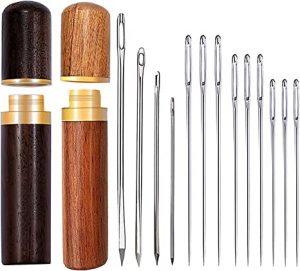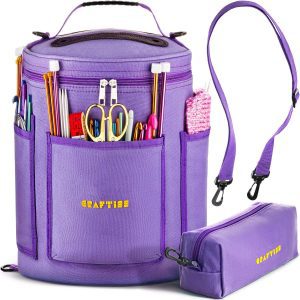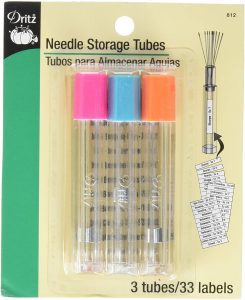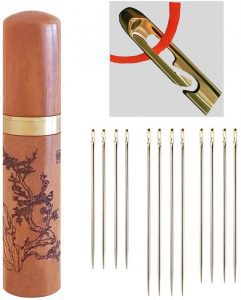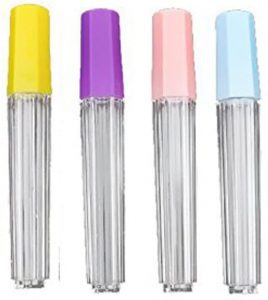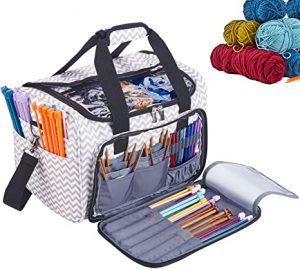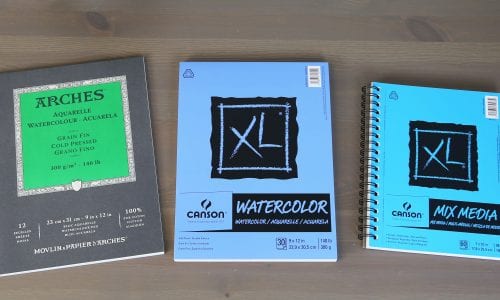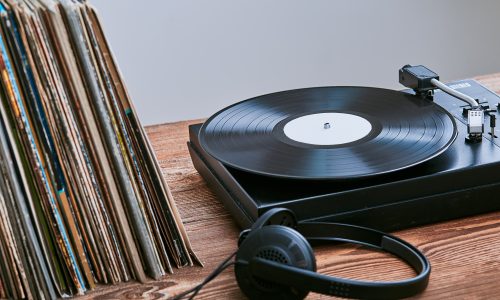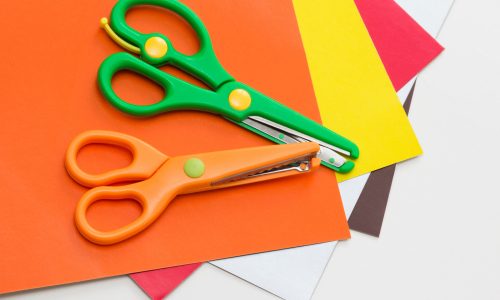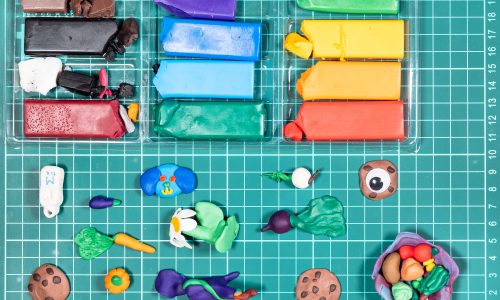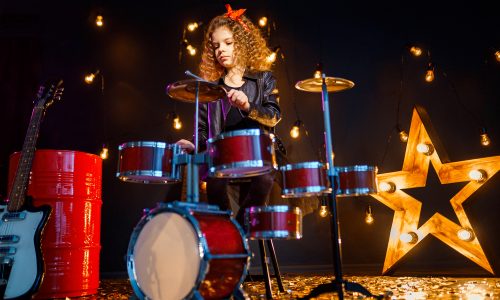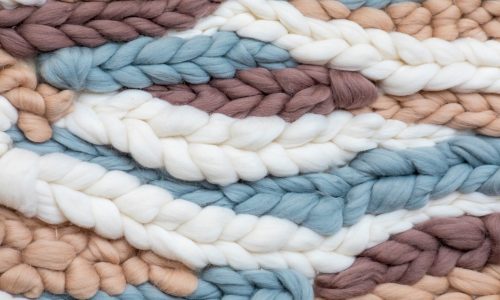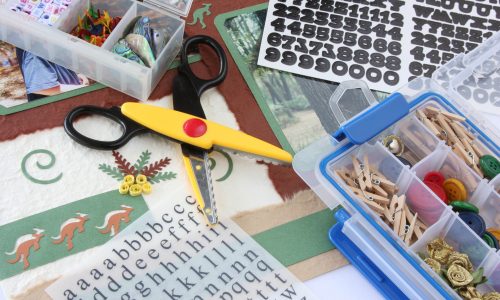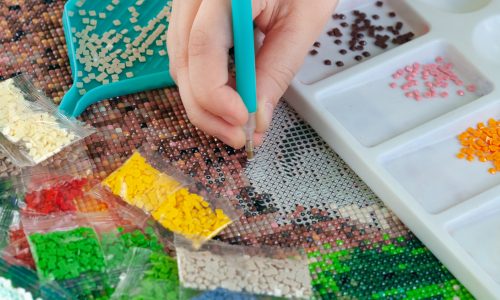The Best Needle Cases
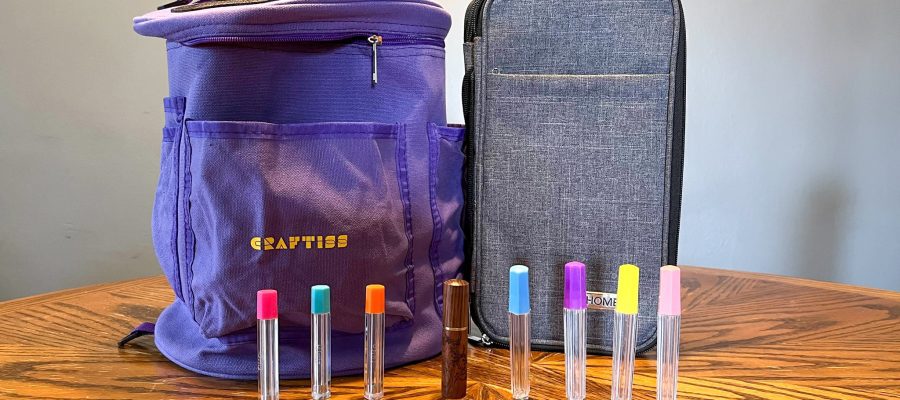
Our Review Process
Don't Waste Your Money is focused on helping you make the best purchasing decision. Our team of experts spends hundreds of hours analyzing, testing, and researching products so you don't have to. Learn more.
Our Picks For The Top Needle Cases
- 1. DMC Compact Floral Needle Case
- 2. Mayboos Organizing Sandalwood Needle Cases, 15-Piece
- 3. CRAFTISS Knitting Supplies Organizer & Needle Case
- 4. Dritz Internal Magnet Tube Sewing Needle Cases, 3-Piece
- 5. elcprocy Sandalwood & Brass Sewing Needle Case, 12-Piece
- 6. mollensiuer Transparent Plastic Tube Sewing Needle Cases, 12-Piece
- 7. HOMEST Double Layer Zippered Knitting Needle Case
The first thing you'll notice about this needle case is that it's decorated using a stunning floral print. Next, you'll discover that the case uses a strong magnet to hold all of your needles firmly in place. Finally, sewers will see that the lid slides open and closed with ease.
Decorated With Attractive FlowersThe compact size of this needle case makes it perfect for travel.
Not only do you get two attractive needle cases with this set, but you'll also receive 13 stitching and sewing needles. The cases themselves are constructed from a beautiful sandalwood and feature a shiny brass inside. In addition to storing needles, the cases can be used to house toothpicks, safety pins and other small objects.
Most AffordableWhen shopping on a budget, this set of economical needle cases is the way to go.
This needle case has a large capacity and plenty of pockets for storing all your things. It is made from a durable fabric and stands on its own. It even has slits on top that let you put your yarn away without needing to cut the thread.
Large CapacityThis large, cylindrical fabric organizer also holds yarn and other supplies.
These sewing needle cases are transparent with an internal magnet that keeps needles easily selectable inside. They have a hexagon shape to keep them from rolling and will hold needles up to 2 1/4 inches in length. Labels are included.
Transparent OptionEasily see what’s inside these magnetic, hexagonal tube-style needle cases.
Buying Guide
Whether you’re into knitting, crochet, needlework or embroidery, it’s important to have a spot for all your supplies in one place — especially your needles.
If you have young children or pets, needles of any kind can pose a safety hazard. Even for adults, stepping on a rogue needle can be painful. Plus, you don’t want to sit down to begin your project and realize the needle you need is nowhere to be found. That’s why it’s vital to use needle cases for your sewing and knitting needles.
A needle case, as the name suggests, is a container designed to hold knitting needles or sewing needles. Cases for knitting needles are often large with multiple compartments, so they can also hold other supplies such as yarn, scissors and other small items.
Some sewing needle cases also include sections for other materials, but most of them are designed just to hold the needles. They’re small plastic vials that are often transparent so you can see what is inside. You can put multiple sizes of needles in one case or get specific cases to house different sizes, especially if you have a large quantity.
One of the most important things to consider when you’re buying needle cases, whether that’s for knitting or sewing, is portability. Think about where you most commonly work on your projects, such as at home in your sewing room or on the train to work.
If you primarily work on your projects in different places outside of the home, you will want to consider how easy the case makes it to transport your supplies. Is the case easy to carry and is there room for other accessories within it? Is the case so small that it may get lost in your bag or is it easy to find amongst your other things? These are important questions to answer as you shop for needle cases.
What to Look For
- You might want to consider a case that comes with a magnetic strip. Since metal needles will stick to it, the magnet offers a good way to make sure you won’t lose these small, sharp items.
- While functionality is important, you’ll also want a style that appeals to you. If you like bright colors, you may be attracted to a purple or teal knitting needle case over a grey one. You can also find cases with intricate, beautiful designs. It is possible to get something that works well and looks nice.
- Where needles of any variety are concerned, it’s important to ensure the case is sturdy and well-constructed. Soft but strong fabric cases work fine for knitting or crochet noodles, which won’t pierce the case without some force or friction involved. With sewing and embroidery needles, you’ll want a hardshell or plastic case that resists wear.
More to Explore
Did you know that the oldest sewing needle ever found dates back over 60,000 years? Scientists discovered a sewing needle made from bird bone in South Africa. Remnants of other versions of these ancient man-made tools, commonly made from bone and ivory, have been found all over the world from Slovenia to China dating back 45,000-30,000 years. It was only 25,000 years ago that the first needle with an eyelet was used. Much later, around 7,000 B.C.E, people began using needles made from metals like copper.
In the beginning, needles were primarily used for survival — helping people fabricate warm clothes to survive the harsh climate. Later on, needles were also used to create decorations and works of art. The first surviving example of embroidery was found in Russia and dated to 30,000 years ago, but historians believe the practice actually originated in South/Central Asia and the Middle East. Text documentation of “making decorations with a needle” in China dates back to 220 B.C.E. and physical evidence of silk embroidery dates back centuries. The earliest existing sample comes from a tomb in the Hubei province from around the 4th century B.C.E.



